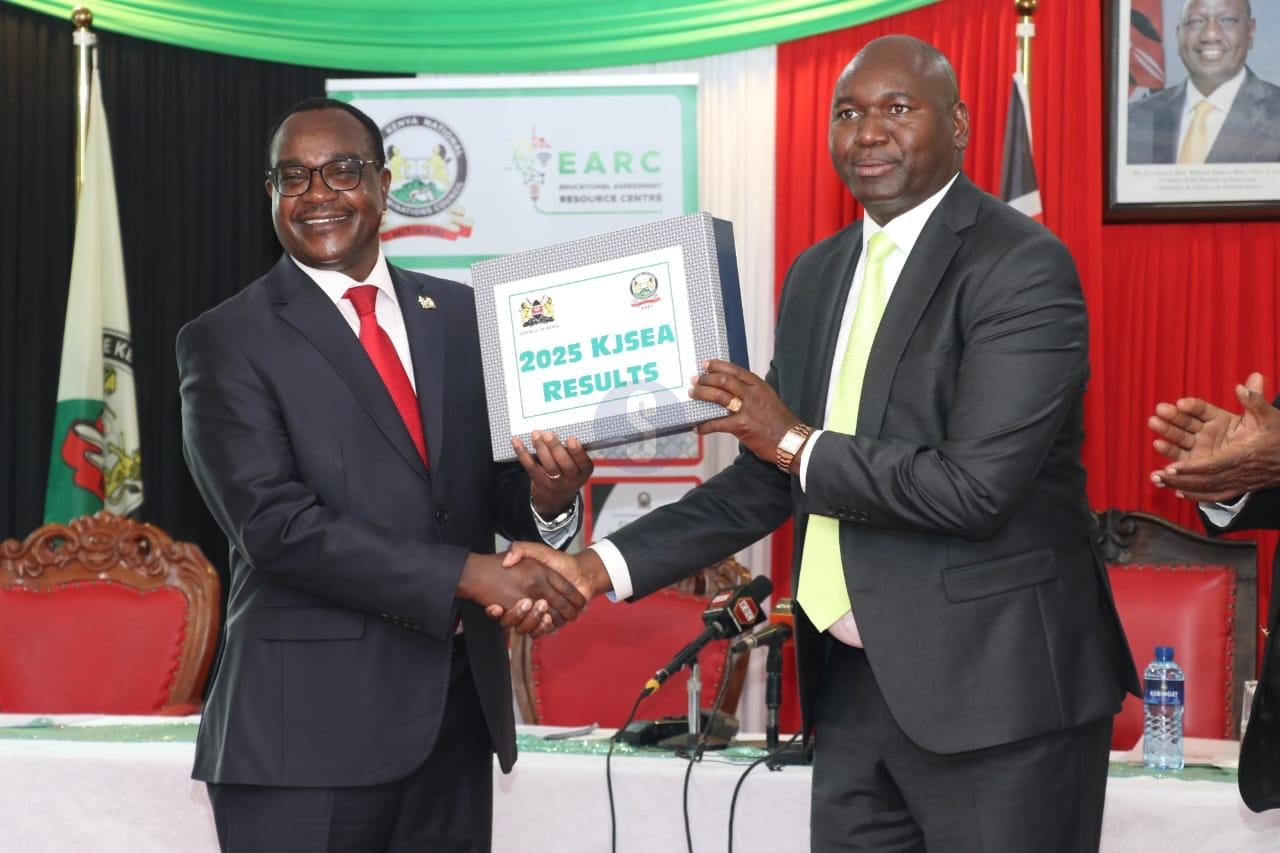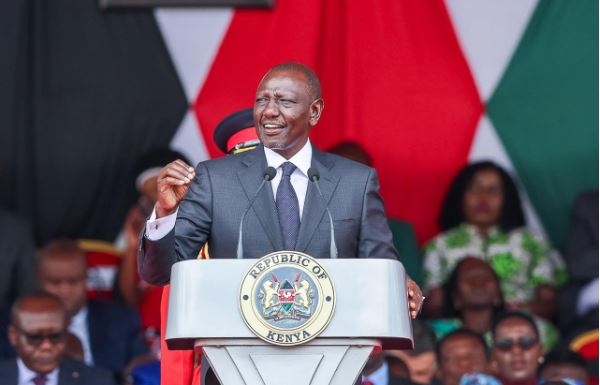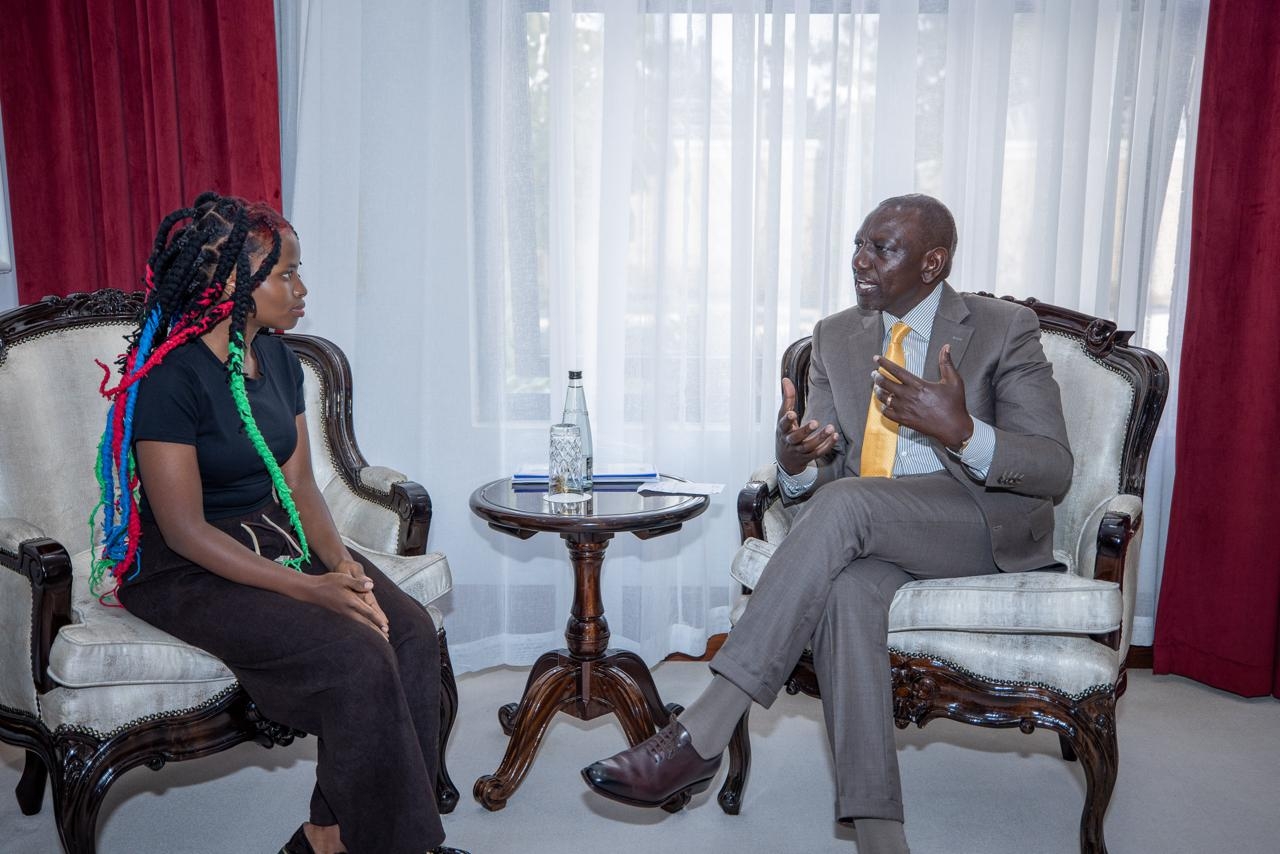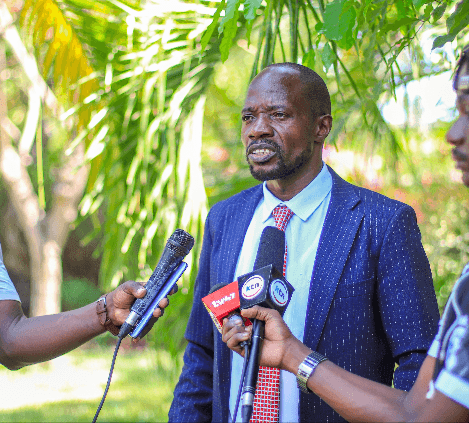
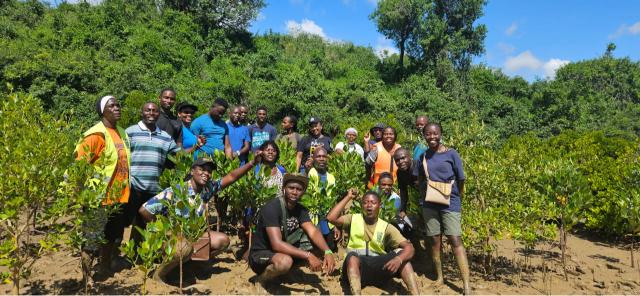 Forest youth champions plant mangroves in Mombasa County/ Courtesy
Forest youth champions plant mangroves in Mombasa County/ Courtesy
A forest fire in his village in Vihiga County sparked an interest in Antony Alovale that would shape his career path.
“I never imagined a forest fire would set me on a path for conservation,” says Alovale. “Now, I’m working on a real-time forest fire detection system that could save our trees.”
Such are the stories from young people who are driving a major forest restoration effort in Kenya, with focus on reviving Mombasa’s degraded mangrove forests along Tudor Creek.
This is through an initiative by the Food and Agriculture Organization of the United Nations and the Kenya Forest Service. The initiative is giving youth a leading role in forest conservation and climate action.
The five-year programme known as Accelerating Innovative Monitoring for Forests is helping restore Kenya’s forests including critical mangrove ecosystem in Mombasa, where nearly 40 per cent of the mangroves are degraded.
At the heart of the initiative is the Young Forest Champions programme, which trains and mentors young people across Kenya to spearhead forest conservation in their communities.
“It’s not just about planting trees,” said Ivana Tara, FAO facilitator of the Youth Forest Champions Initiative in Jomvu, Mombasa county. “It’s about empowering youth to be lifelong environmental leaders.”
Since early 2024, the initiative has helped 10 young women reach over 10,500 community members and plant more than 150,000 trees, contributing to Kenya’s national target of restoring 10.6 million hectares and planting 15 billion trees by 2032.
Alovale explained how the incident in his village sparked his interest in fire prevention technologies.
“That incident pushed me to work on a system that can detect forest fires early and alert communities in real-time,” he said.
Lucy Kiama from KFS discussed her role in removing the invasive Mauritius thorn from Tumu Tumu Forest using community labour, though the plant’s resilience remains a challenge.
Ann Mburuta from FAO shared a more environmentally friendly solution used to combat Opuntia stricta, another invasive species.
“We tie the plants together and let them suffocate. It’s more effective and causes less harm to the ecosystem,” she said.
Derrick Muyodi, founder of Ceriops Environmental Organisation, encouraged the youth to apply for grants and funding by documenting their conservation work and results.
“We have collected valuable mangrove data and shared it with stakeholders. That’s how you open doors to funding,” he advised.
Dorah Momanyi from Center for International Forestry Research and World Agroforestry also shared her journey from food science into forestry. “Being in a forest filled with indigenous food trees changed how I saw trees, not just as plants, but as a pillar of food security,” she said.
Mombasa Chief Conservator Bernard Wahome pointed out the need for youth to embrace technology in forestry. “We’re using ICTs daily as there is space for young people to innovate and carve a niche for themselves,” he said.
He added that 40 per cent of Mombasa’s 3,771 hectares of mangrove is degraded, but efforts are being put to rehabilitate them.
“We want to plant 500 mangrove seedlings with the Young Forest Champions so that they have a feel of the mangrove ecosystem,” Wahome said.
Eva Ntaara urged young conservationists to highlight their achievements when seeking support. “Donors want proof of what you’ve done, not just plans. Document your impact,” she said.
According to Tara, this year, the Young Forest Champions programme received over 1,500 applications globally, with 519 from Kenya alone.
“Ten young leaders under 30 were selected to receive mentorship, training and hands-on experience in sustainable forest management,” she said. “The programme is also active in Uganda, Zambia, Ghana and Peru, and aims to nurture a global network of youth committed to restoring forests and tackling climate change.”
She said the recent workshop in Mombasa included a field visit to the mangroves, skills training and storytelling sessions, designed to inspire and equip the next generation of forest stewards.
“Youth are not the future of conservation, they’re the now. And they’re showing us what’s possible,” she added.


